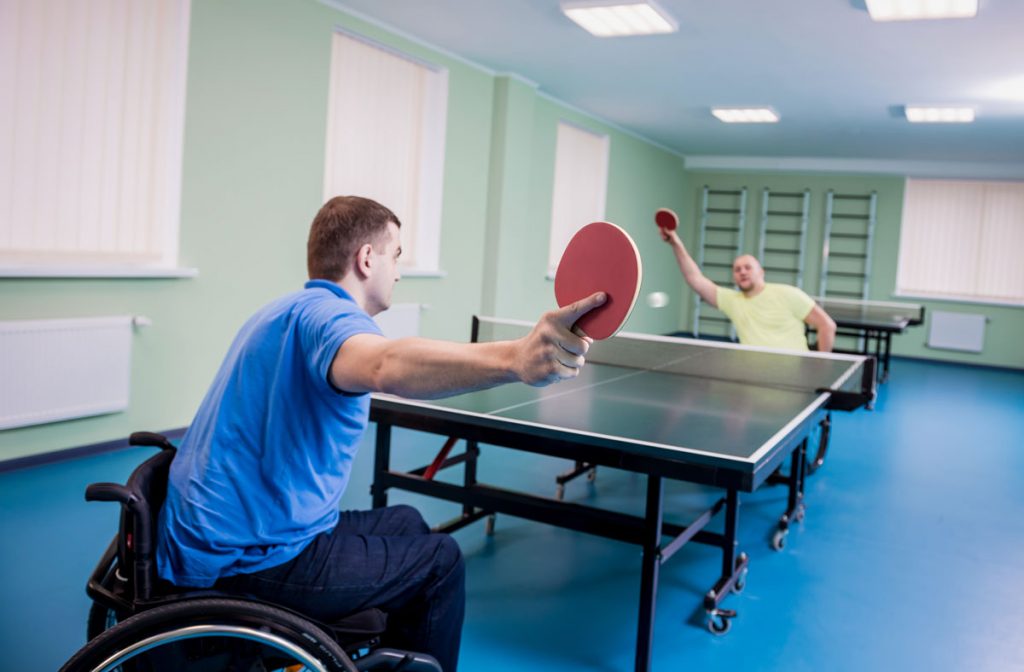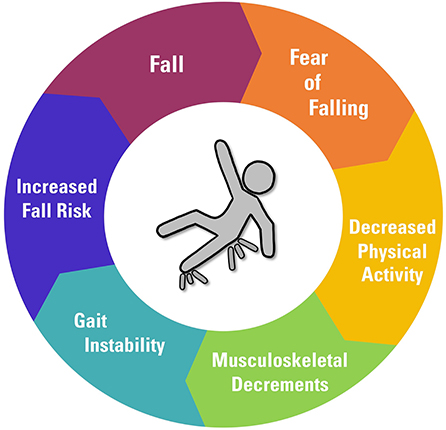Getting The Dementia Fall Risk To Work
Getting The Dementia Fall Risk To Work
Blog Article
The Facts About Dementia Fall Risk Revealed
Table of ContentsThe Best Guide To Dementia Fall RiskLittle Known Questions About Dementia Fall Risk.Unknown Facts About Dementia Fall RiskGetting My Dementia Fall Risk To Work
A loss risk analysis checks to see just how most likely it is that you will drop. The assessment usually includes: This includes a collection of concerns about your total health and wellness and if you've had previous drops or issues with balance, standing, and/or strolling.STEADI includes testing, assessing, and treatment. Treatments are referrals that might reduce your threat of dropping. STEADI consists of three steps: you for your danger of falling for your danger variables that can be improved to try to avoid falls (as an example, equilibrium issues, damaged vision) to lower your danger of dropping by using reliable strategies (for example, providing education and learning and resources), you may be asked a number of concerns including: Have you dropped in the previous year? Do you really feel unstable when standing or strolling? Are you stressed concerning dropping?, your company will examine your strength, equilibrium, and gait, using the adhering to autumn evaluation tools: This examination checks your stride.
If it takes you 12 secs or even more, it might indicate you are at greater threat for an autumn. This test checks toughness and equilibrium.
The positions will get harder as you go. Stand with your feet side-by-side. Relocate one foot halfway onward, so the instep is touching the huge toe of your various other foot. Relocate one foot fully before the other, so the toes are touching the heel of your various other foot.
Some Known Facts About Dementia Fall Risk.
Most drops occur as an outcome of numerous adding elements; as a result, managing the danger of dropping starts with recognizing the aspects that add to fall risk - Dementia Fall Risk. Some of one of the most pertinent danger aspects include: Background of prior fallsChronic clinical conditionsAcute illnessImpaired stride and equilibrium, lower extremity weaknessCognitive impairmentChanges in visionCertain risky drugs and polypharmacyEnvironmental variables can also increase the threat for drops, including: Insufficient lightingUneven or damaged flooringWet or unsafe floorsMissing or damaged hand rails and get hold of barsDamaged or improperly fitted tools, such as beds, mobility devices, or walkersImproper use of assistive devicesInadequate guidance of the people staying in the NF, including those who display hostile behaviorsA effective fall risk management program needs a thorough medical assessment, with input from all members of the interdisciplinary group

The treatment strategy should also consist of interventions that are system-based, such as those that promote a secure atmosphere (ideal lights, hand rails, grab bars, etc). The performance of the interventions need to be reviewed regularly, and the care plan modified as official source required to mirror adjustments in the autumn threat assessment. Applying a loss threat management system using evidence-based finest method can decrease the frequency of drops in the NF, while web restricting the possibility for fall-related injuries.
The 8-Second Trick For Dementia Fall Risk
The AGS/BGS standard advises evaluating all grownups matured 65 years and older for fall risk every year. This testing contains asking clients whether they have actually dropped 2 or more times in the previous year or sought clinical interest for a loss, or, if they have actually not dropped, whether they feel unsteady when walking.
Individuals that have actually dropped when without injury should have their balance and gait examined; those with stride or equilibrium problems need to obtain additional analysis. A history of 1 fall without injury and without stride or balance problems does not require additional analysis past ongoing annual autumn danger screening. Dementia Fall Risk. An autumn risk assessment is needed as part of the Welcome to Medicare evaluation

The Facts About Dementia Fall Risk Uncovered
Documenting a drops history is find out here now one of the high quality indications for autumn prevention and administration. Psychoactive drugs in particular are independent forecasters of drops.
Postural hypotension can commonly be minimized by lowering the dosage of blood pressurelowering medicines and/or stopping medications that have orthostatic hypotension as an adverse effects. Use of above-the-knee support tube and resting with the head of the bed boosted may additionally reduce postural decreases in high blood pressure. The recommended aspects of a fall-focused health examination are revealed in Box 1.

A Yank time higher than or equivalent to 12 seconds recommends high fall threat. Being not able to stand up from a chair of knee height without using one's arms suggests raised autumn danger.
Report this page